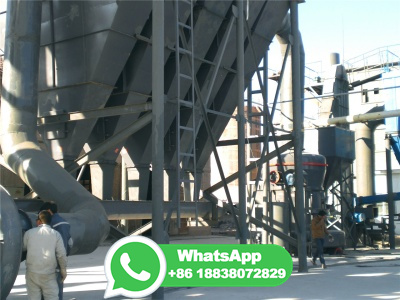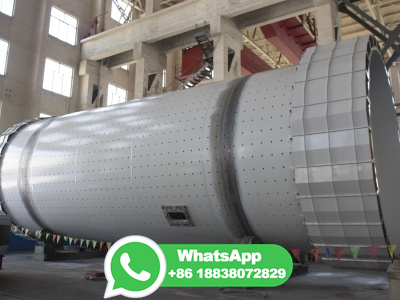Structure and pozzolanic activity of calcined coal gangue
WEBJul 9, 2009 · On the basis of analyzing coal gangue's chemical and mineral compositions, the structure change of coal gangue during the mechanical activation was investigated by XRD, FTIR, NMR, and the mechanical strength of the cement doped coal gangue with various specific surface area was tested. The experimental results indie that, the .





















